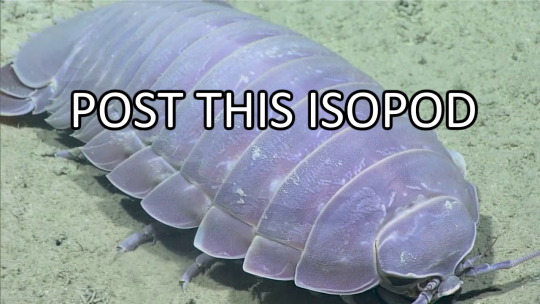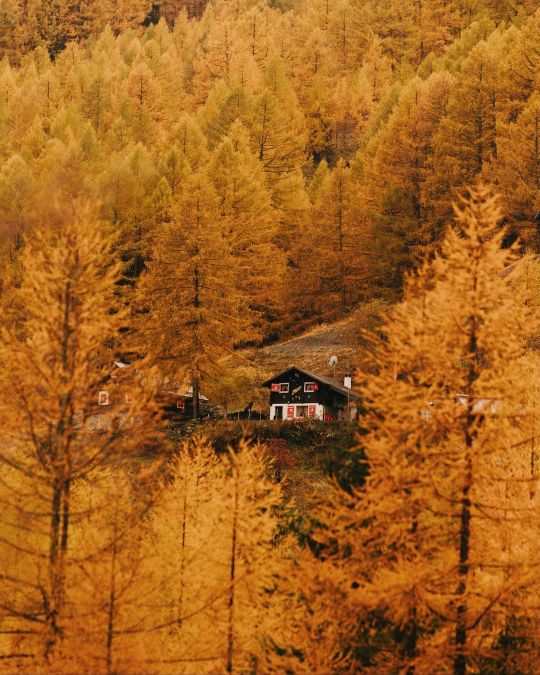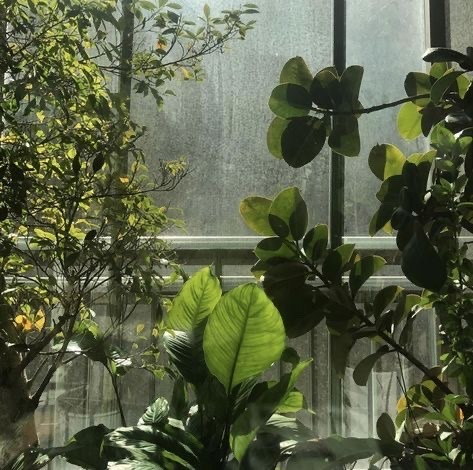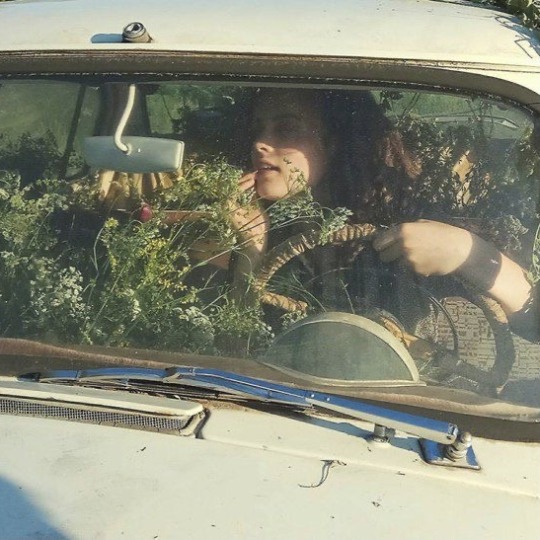they/them | 25 | the iron scientisthere to make it weird
Don't wanna be here? Send us removal request.
Text









Ropalospora viridis
You may have heard that it's not easy being green, but when you're a lichen it actually is. This coloration typically comes from the green algal photobiont--in the case of R. viridis, a chlorococcoid algae. These algae have chloroplasts which allow them to photosynthesize, providing energy in the form of glucose to feed themselves and the lichenized fungal host. This particular lichen crows in round or irregular patches of granular crust surrounded in a thin prothallus--a thin layer of fungal hyphae that does NOT contain the algal photobiont, hence the lack of color. R. viridis grows on smooth tree bark cold-humid forests.
images: source | source
info: source | source
124 notes
·
View notes
Text

Had a dream where this became the new meme for a bit
176K notes
·
View notes
Text
Me: *sees a pigeon*
Me: look at you go you funky little dinosaur
2 notes
·
View notes
Text
Animal of the Day!
Lammergeier (Gypaetus barbatus)

(Photo by Sonja Krueger)
Conservation Status- Near Threatened
Habitat- Europe; Asia; Africa
Size (Weight/Length)- 5.8 kg; 124.9 in; 2.8 m wingspan
Diet- Bones; Carrion
Cool Facts- The lammergeier, or bearded vulture, is an absolutely metal bird. Unlike other species of vulture, lammergeiers have completed feathered heads. It might surprise you that they only eat carrion as a last resort as a result of the blood sticking to their feathers and making it hard to fly. Instead, they pick up 4 kg bones from the carcass and take off. They fly to an altitude of 150 meters above a rocky outcropping of their choosing. They then drop the bone, where it shatters against the stone with pinpoint accuracy. The vulture will then eat the bones, digesting the marrow with stomach acid stronger than battery acid. And their red feathers aren’t normally red, they’re white. Lammergeiers bath in red rock dust, causing their feathers to take on a red hue. When actively hunting, lammergeiers are able to pick up animals equal in body weight to their own and drop them from great heights. When the animal is too big, like mountain ibex or sheep, the vulture will chase the animal off a cliff.
Rating- 13/10 (*Insert skeleton puns here*.)
70 notes
·
View notes
Text
The Iberian ribbed newt ATTACKS PREDATORS WITH ITS SKELETON
0 notes
Text
More scary waters, by popular demand!
Since my last post ranking bodies of water really, really blew up, I decided to make a second. Some of these were suggested by people (in which case I’ll credit them), and some were just ones that didn’t quite make the cut for the first list.
I’ll also be doing a third list ranking the most toxic bodies of water in the world, so stay tuned for that.
Also, keep in mind that these aren’t ranked by how dangerous they are. They’re ranked by how scary I, personally, find them. So if the rating seems off, it’s due to which ones inspire a visceral reaction in me and which ones don’t.
Silfra Rift, Iceland

This one is something that I actually find very beautiful rather than scary, but it still seems like something that others might be freaked out by. The Silfra Rift is the point where the Eurasian and North American continental plates are pulling apart, creating a crack in the earth that filled with water. The water here is incredibly clear, and you can see all the way down to the bottom even in the deepest spots (which are almost 200 feet down, by the way). It’s the only place in the world where you can put your hands on two different continents at the same time! I’ve had the privilege of snorkeling here, and although it’s definitely deep, I wasn’t terribly scared due to the fact that the rift is just so beautiful. The only danger to swimmers is the temperature; it stays between 35-39 F year-round, meaning anyone getting into the water needs a full drysuit to avoid getting hypothermia or worse. I give the Silfra Rift a 1/10 fear rating because I thought I would be much more freaked out by it than I was.
Dragon Hole, China
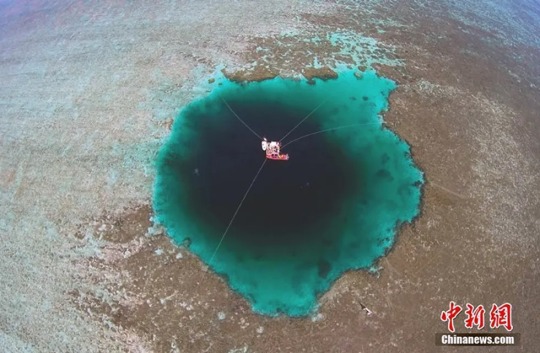
While not as visually striking as the Great Blue Hole in Belize, this sinkhole in China is the deepest “blue hole” in the world. This pit descends 987 feet down. This earns a 2/10 purely because this is just a goddamn hole in the ocean that’s almost 1,000 ft deep and I don’t care for that.
Lake Tanganyika, multiple countries (suggested by @iguessiamhere)
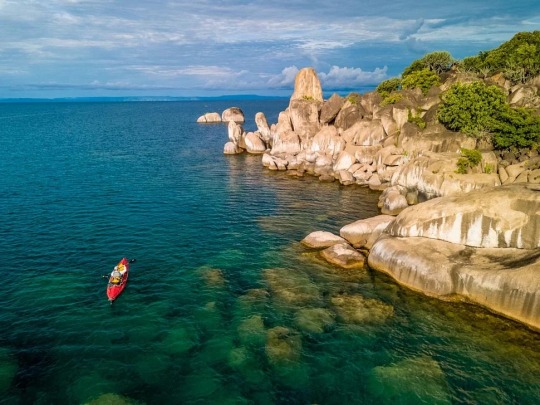
This lake didn’t quite make the cut for the first list because it comes in second to Lake Baikal. It’s the second-oldest, second-deepest, and second-largest (by volume) lake in the world. But someday, Lake Tanganyika may be number 1, because just like Baikal, it’s a Rift Valley. It’s getting bigger every day, and in a few million years when Baikal is an ocean, Tanganyika might be the largest lake by default. Its 4,820 ft depth earns it a 3/10.
Lake Superior, US/Canada (suggested by multiple people)

This is the largest of the Great Lakes, and the third-largest lake in the world. It reaches depths of over 1,000 feet and has a surface area of over 31,700 square miles. Lake Superior is the site of over 350 shipwrecks and contains roughly 10,000 dead bodies. The reason these bodies are never recovered is because the lake is very cold, and very deep. The lake bottom is essentially a sterile environment, where bodies are preserved for eternity instead of floating up as a normal body would. This lake holds onto her dead. 4/10 for sheer danger and alarming amount of dead bodies.
Cenote Angelita, Mexico ( @olive-k wanted a cenote, and this list has two!)

This is a cenote with an underwater river running through it. No, I’m not kidding. Underwater rivers are actually quite common, but they rarely exist in places that humans can see them. Usually they’re caused by a current moving in a different direction than the majority of the water, or a boundary between water with different density (as is the case here). The “river” appearance in Angelita is enhanced by dead trees, giving the appearance of a bank. For the first 100 feet, this cave has regular freshwater. But a little deeper lies a layer of hazy hydrogen sulfate, and beneath that is 100 feet of salt water. This ranks 5/10 because can you imagine descending towards a hazy patch of water and branches that you assume is the bottom, only to pass right through it and see a gaping black expanse beneath? No thanks.
Devil’s Hole, Nevada
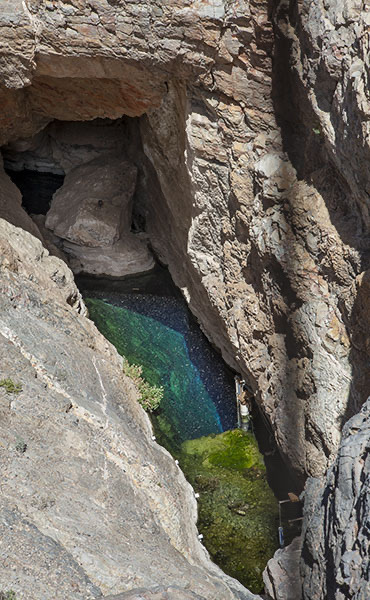
As a biologist, this is somewhere that I actually want to visit. This tiny waterhole in the desert is the only place that the endangered Devil’s Hole Pupfish lives. But we’re not here to learn about cute fish, we’re here to read about unsettling waterways. And hooo boy, this one is pretty weird. Because despite its appearance, this isn’t a little rainwater pool. It’s the opening to a huge cave system, which reaches depths of at least 500 feet. We’re not totally sure, though, because the bottom has never been mapped, and several people have died trying to attempt it. 6/10, since it’s very deep, hasn’t been fully mapped, and is apparently haunted.
Eagle’s Nest Sinkhole, Florida

There is literally a sign in front of this sinkhole that reads “STOP. Prevent your death. There is nothing in this cave worth dying for” accompanied by a picture of the Grim Reaper. Need I say more? Probably not, but I will anyway. This sinkhole is the only surface opening to a cave system that stretches several miles and plunges to over 300 feet deep. Miles of twisting, confusing, narrow passages with only one exit make for an extremely dangerous cave system. For some fucking reason, it’s a very popular dive site. At least 11 people have died here since the 80’s, and is referred to as the “Underwater Mt Everest” because of how dangerous it is. 7/10.
Zacatón, Mexico

This cenote was literally considered “bottomless” for a long time, because no one could find the bottom. Multiple expeditions were attempted, including one where a man died after reaching 925 feet without finding the end. It took a multi-million dollar operation funded by NASA to find the bottom of this hole. I’m not kidding. Turns out, it’s 1,099 feet deep, making it the deepest cenote in the world. It disturbs me that it took NASA and a robot designed to map alien moons to locate where this hole ended, so it earns an 8/10.
Saltstraunen, Norway (suggested by anon)
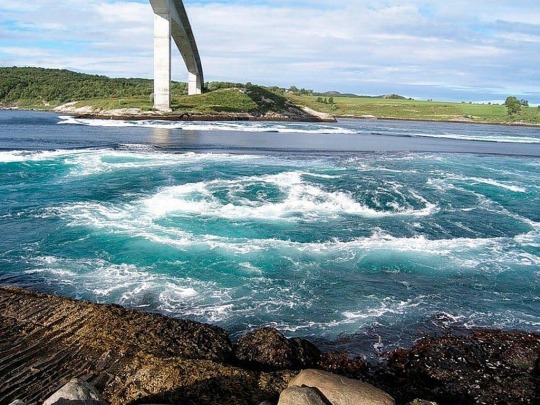
This narrow strait is home to the strongest tidal currents on the planet. Roughly 110 billion gallons of seawater move in and out of this corridor every six hours, creating violent currents. These tidal movements are so strong they create a phenomenon very similar to the whirlpool in Scotland—the Saltstaunen Maelstrom. This vortex is 33 feet across and forms four times a day as the tides go in and out. Although this whirlpool is only 16 feet deep (very shallow compared to Scotland’s) the currents alone would probably destroy you if you ever fell into this strait. 9/10 because damn.
Blue Lake, Russia

Despite having the least creative name of all time, the Blue Lake is anything but boring. Like the Zacatón, this lake had a reputation for being bottomless for a long time. A diver died after descending to 394 feet, and another barely survived after going down to 685 feet. Neither found the bottom. Eventually, the bottom was discovered and it came as a surprise. The lake itself is only 770 ft by 426 ft, but it is 846 ft deep. This lake is deeper than it is long. It is also a constant 48 degrees F, making hypothermia a risk for any swimmers. If that’s not bad enough, it’s also full of hydrogen sulfide, which makes the air around the lake potentially dangerous. However, people do still dive here on occasion (mostly for research purposes) and the lake is surprisingly beautiful beneath the surface. Still, that doesn’t make it any less deep, cold, and poisonous, so this is a 10/10 for me.
Honorable mention: The Mariana’s Trench, because although it’s not really a specific body of water it’s the deepest point in the ocean, at 7 miles below the surface!
10K notes
·
View notes
Text
keeping quiet in situations that piss you off is an extreme sport
762 notes
·
View notes
Text
sometimes you have to look your gps in the eye, disregard the complex algorithms behind its route suggestions, and say, “i know better than you.”
Maybe wrong, but way to feel powerful
1 note
·
View note
Photo

Superb Lyrebird (Menura novaehollandiae)
© Ian Halliday
17 notes
·
View notes
